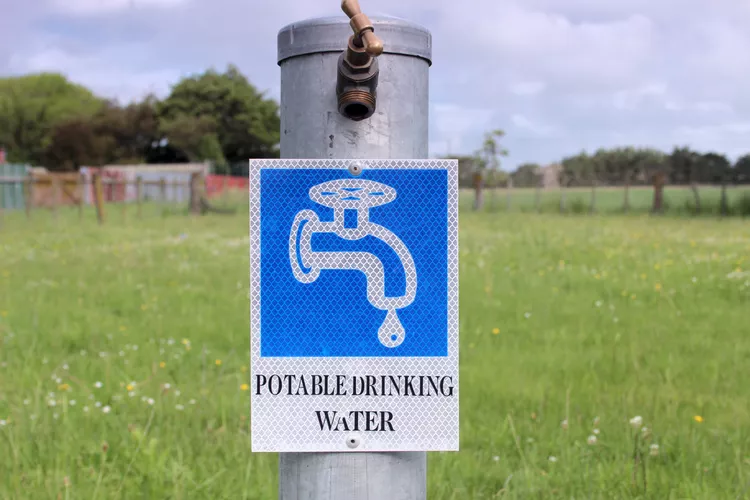Summary
What Is Potable Water?
In the context of RVing and camping, potable water is essential. Potable simply means safe to drink. Imagine arriving at a campsite and encountering two taps labeled potable and non-potable. The term potable indicates that the water from the tap is suitable for human consumption, having been treated to meet safety standards.
Where Is Drinking Water Stored?
An RV functions as a mobile housing unit, necessitating a suitable supply of drinking water. This water is stored in the fresh water tank, which may be referred to as a white-water tank, fresh water tank, or potable water tank. Despite the different terms, they all signify that the water inside is fit for cooking, cleaning, and drinking.
When connecting your fresh water tank to a water supply, it is crucial to verify that you are tapping into potable water. Connecting to non-potable sources can lead to serious health issues. Typically, taps meant for human consumption will be clearly labeled as potable, while those that are not will indicate wastewater or non-potable nearly always.
Pro Tip: Uncertain about the water quality at a specific RV park? Don’t hesitate to ask! Campgrounds will usually inform visitors about which water sources are potable. If you’re boondocking, ensure that you bring adequate potable water.
What About the Other Tanks?
In terms of filling tanks, RVers mainly focus on the fresh water tank. The gray water tank collects water discharged from sources like sinks and showers; this water is not drinkable and is unsuitable for human consumption. Employ gray water for cleaning tasks or laundry, but remember it cannot be ingested.
The black water tank is entirely different; no water from this tank should ever be considered potable. If water comes into contact with this tank, it must be treated as wastewater, regardless of any cleaning processes employed.
Pro Tip: Always empty your black tanks when they are full or before departing on a journey. Avoiding a spill is crucial for protecting both your RV sewer system and your clean water supply.
What If It’s Not Marked?
Water sources may not always be clearly marked, especially in off-grid RV scenarios. It is wise to carry ready-made tests to ascertain whether water is safe for drinking. Be sure to stock up on these tests before embarking on trips where questionable water sources may be encountered. Ensuring the water’s safety is vital; after all, a pleasant trip can quickly turn sour due to illness from contaminated water.





